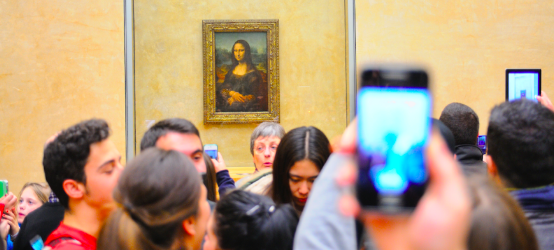
Data & Analysis

Do free admission museums have lower income, younger, or more racially diverse visitors? Here’s the data.
As we often say at IMPACTS and on this site, "being data informed means getting comfortable being uncomfortable." The good news about data with 95%+ confidence like ours is that it removes guesswork and allows leaders to make strategic decisions based on facts rather than feelings. The bad news is that leaders tend to have strong feelings about their feelings. (It's human.) And perhaps no topic in the museum industry is more fact-ignored and feelings-founded than the topic of free admission....Sign in to KYOB+
Never miss the latest read on industry data and analysis.